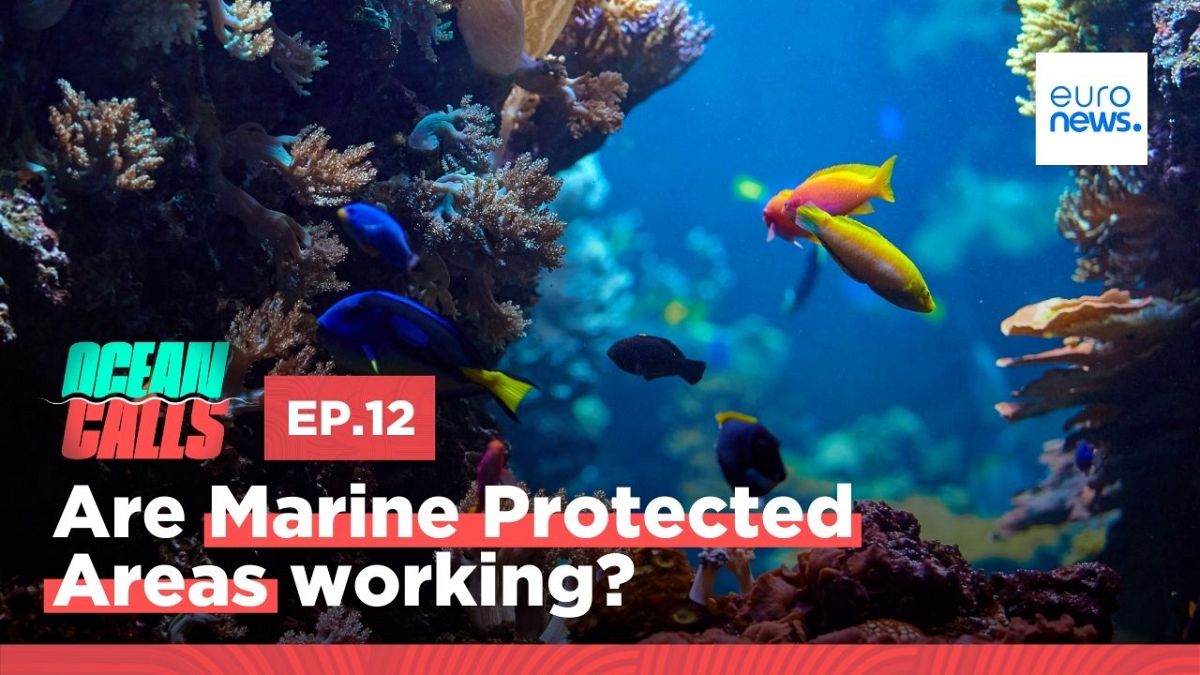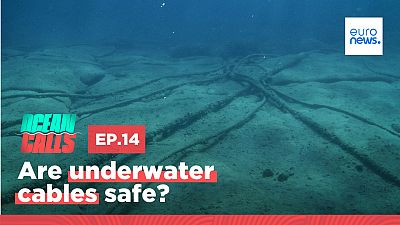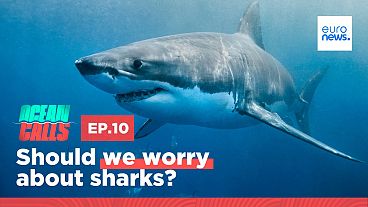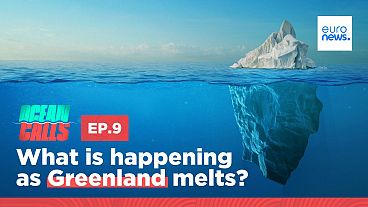In this episode of #OceanCalls we’re discussing if Marine Protected Areas are really working, and what can we do to improve them.
Following decades of negotiations, the United Nations reached a historic agreement to protect the world’s oceans in February. One of the goals of the so-called High Seas Treaty is to have 30% of the seas protected by 2030.
For the EU, which is also committed to this goal, it means establishing more Marine Protected Areas (MPAs).
MPAs allow us to protect the ocean from human activity, conserve nature, and support the local economy - a real win-win for everyone.
But many of them are criticised for being so-called 'paper parks' - meaning they exist on a government map, but in practice, there's little policing and destructive activities like trawling are still allowed.
In this episode of Ocean Calls, we’re asking two experts if Marine Protected Areas are working and if the 30% target can be achieved.
“The problem is to achieve those targets, many countries establish a lot of very large Marine Protected Areas that have “protected” only in the name,” says Joachim Claudet, a Marine Ecologist and Researcher at the French National Center for Scientific Research, one of the guests of this episode.
He points out that very often it's not about a lack of management or resources, but the lack of regulations that restrict harmful human activities in the area.
“For example, in many managed Marine Protected Areas, trawling, which is the most damaging fishing activity at sea, is not regulated.”
Too small to make enough of a difference
In 2019, the average size of an MPA in Europe was only around 14 square kilometres, according to the European Environment Agency.
“You can have all the different objectives for MPAs, but if the number of MPAs and the surface is too small, the results will not be good enough,” points out Purificació Canals, the president of MedPan.
“They have some impact, but much less than what they could have. And if you have a small MPA and you allow a lot of activities, it's very difficult,” she added.
Listen to this episode of Ocean Calls to find out why Marine Protected Areas are beneficial to our environment and economy and what can be done to make them work.
This episode features sounds recorded at a nest of a male corkwing wrasse as part of the master thesis of Karen Bussmann, Anne Christine Utne-Palm & Karen de Jong.
_A video of the recording set-up can be found here.
_
The Ocean Calls podcast is made possible by the European Commission's Directorate-General for Maritime Affairs and Fisheries.









